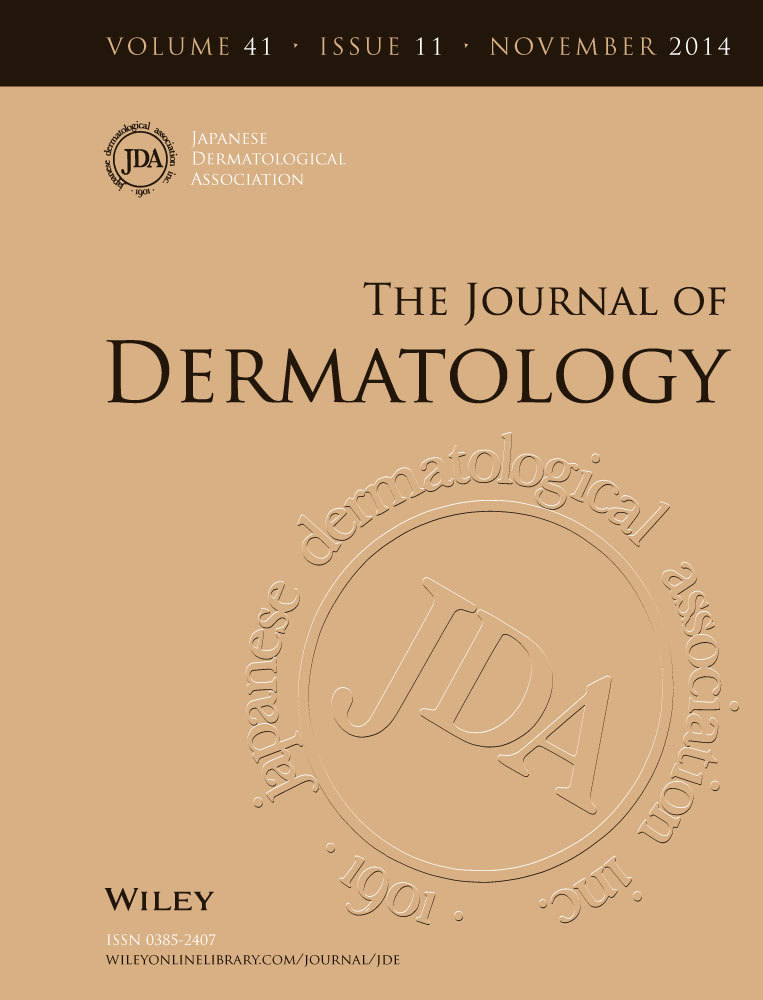Elevated plasma homocysteine level is possibly associated with skin sclerosis in a series of Japanese patients with systemic sclerosis
Abstract
Homocysteine is a sulfhydryl-containing amino acid that is derived from dietary methionine, and there has been increasing evidence that elevated plasma homocysteine levels are associated with increased risk of cardiovascular diseases, including carotid, coronary and peripheral arterial disease (PAD). The association of plasma homocysteine levels with peripheral vascular involvements, such as Raynaud phenomenon (RP), digital ulcers (DU) in systemic sclerosis (SSc) patients has not been well studied. The objective of this study was to examine plasma homocysteine levels and their clinical associations in patients with SSc. Plasma homocysteine levels in 151 Japanese patients with SSc and 20 healthy controls were examined. No significant differences were observed in plasma homocysteine levels between SSc patients and healthy individuals. Demographic and clinical features of the SSc patients revealed that severe skin sclerosis, anti-topoisomerase I antibody positivity, complications of DU, acro-osteolysis (AO) and interstitial lung disease (ILD) were significantly more prevalent among the patients with elevated plasma homocysteine levels. The plasma homocysteine levels were positively correlated with modified Rodnan total skin score. The plasma homocysteine levels in the SSc patients with DU, AO and ILD were significantly higher than those in the SSc without DU, AO and ILD, respectively. Plasma homocysteine levels did not correlate with either the mean or max intima-media thickness (IMT) or plaque score, suggesting that plasma homocysteine levels might not be associated with carotid artery atherosclerosis in SSc patients. The measurement of plasma homocysteine levels in SSc patients might be useful for the risk stratifications of severe skin sclerosis, DU and AO.




